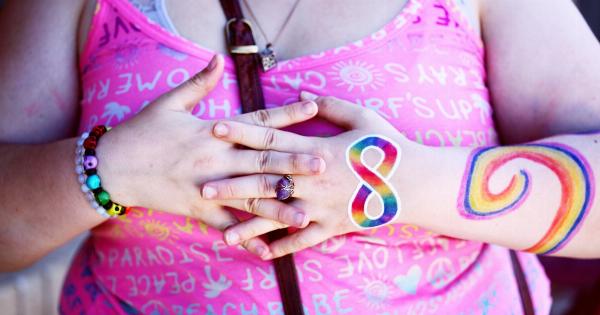A recent study has found a correlation between those who are on the autism spectrum and those who are attracted to the same sex. This connection was discovered by a Danish research team that analyzed data from over half a million individuals.
What is Autism Spectrum Disorder (ASD)?
ASD is a developmental disorder that affects communication, social interaction, and behavior.
Individuals with ASD have difficulty with verbal and nonverbal communication, have difficulty with social interactions, and tend to engage in repetitive behaviors. Autism is considered a spectrum disorder because symptoms and severity can vary widely from person to person.
What is Same-Sex Attraction?
Same-sex attraction is a term used to describe the romantic and /or sexual attraction that individuals have towards people of the same sex. People who experience same-sex attraction can identify as gay, lesbian, bisexual, or queer.
The Study
In the study, researchers analyzed data from a registry in Denmark that contained information on over half a million individuals born in the country between 1980 and 2000.
The team looked at the prevalence of ASD, same-sex attraction, and gender identity in the population and found that there was a correlation between the two.
According to the study, individuals with ASD were more likely to have a non-heterosexual sexual orientation than those without the disorder.
Of the individuals studied with ASD, 29% identified as having a non-heterosexual sexual orientation compared to only 14% of the individuals without ASD.
The study also found that individuals with ASD were more likely to identify as transgender or gender-nonconforming.
Gender-nonconforming individuals are those who do not adhere to society’s expectations of how men and women should behave based on their assigned gender at birth.
The Possible Explanations for the Connection
While it is not yet known why there is a correlation between ASD and same-sex attraction and gender-nonconformity, several theories have been proposed.
One theory is that ASD is linked to a broader set of behavioral and mental health traits that are not considered typical of the general population.
This idea suggests that same-sex attraction and gender-nonconformity are part of a larger set of behaviors that are common in individuals with ASD.
Another theory is that ASD and same-sex attraction/gender-nonconformity may share a common genetic basis.
There is already evidence that genetics play a role in both ASD and sexual orientation, and this theory suggests that there may be a genetic link between the two.
Finally, some researchers have suggested that ASD and same-sex attraction/gender-nonconformity may be the result of differences in brain structure and function.
Studies have found that individuals with ASD have differences in their brain structure and function, and it is possible that these same differences may be linked to same-sex attraction/gender-nonconformity.
Conclusion
The link between ASD and same-sex attraction/gender-nonconformity is not yet fully understood, and more research is needed to better understand the connection.
However, this study sheds light on a possible association between the two and raises important questions about the underlying causes of both ASD and same-sex attraction/gender-nonconformity.































